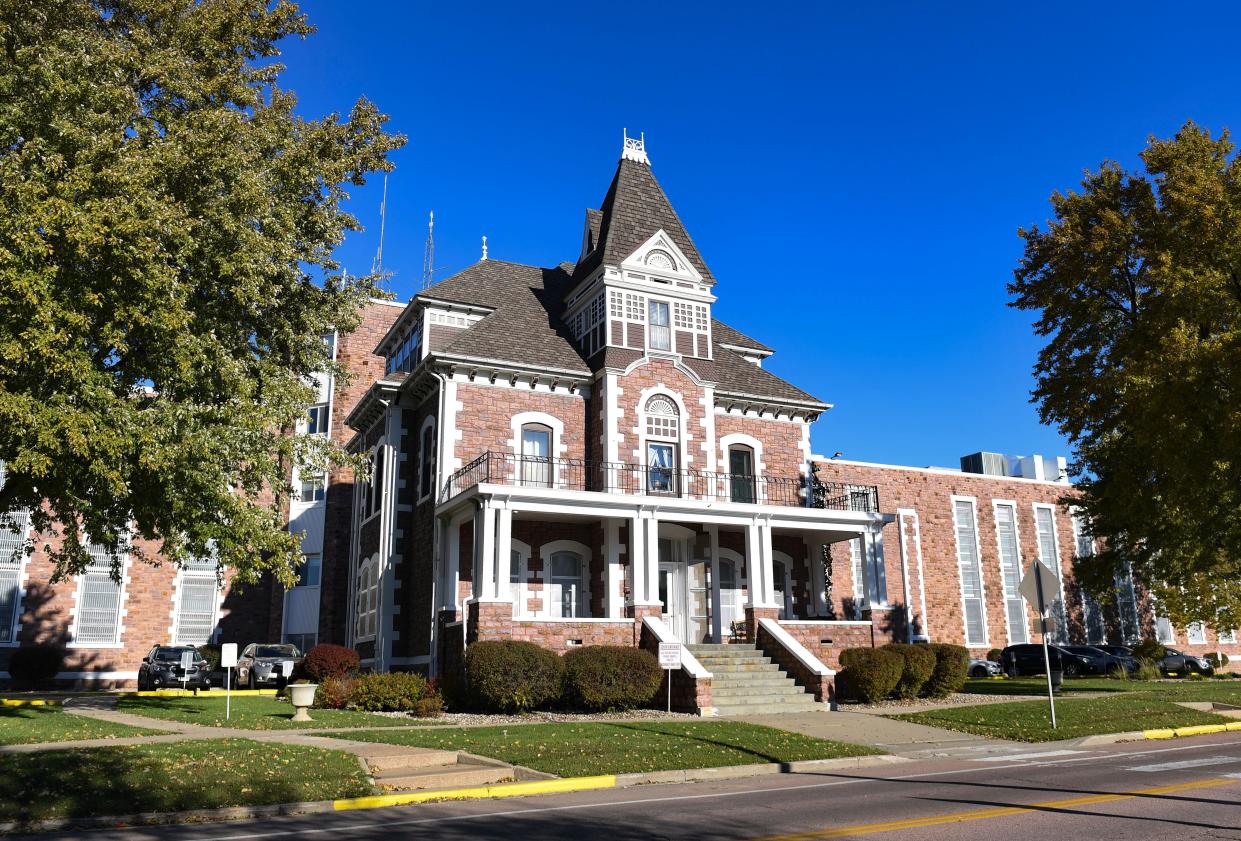Rapid City man convicted of double murder in 1980s granted new trial after DNA testing

A Rapid City man convicted for murdering his wife and mother-in-law in 1983 has been granted a new trial based on DNA testing, according to a memorandum signed by Seventh Judicial Circuit Court Judge Matt Brown.
George Luna, then-35, was convicted in 1984 of two counts of first-degree murder in the death of his estranged wife Lynn Luna and mother-in-law, Helen Thomas.
Luna was sentenced to two mandatory life sentences without parole. Since his conviction, Luna, who is now in his mid-70s, has been at the South Dakota Penitentiary in Sioux Falls. Since the murders, Luna has maintained his innocence throughout the process.
In a memorandum decision signed Feb. 28, Brown granted the motion for a new trial, but denied a subsequent writ of habitus corpus.
More: National healthcare union opposes Sanford-Fairview merger, calls South Dakota AG to action
What changed in George Luna's case?
At the scene of the crime, Lynn Luna was clutching hair in her hands.
In 1983, they didn't have DNA testing, according to John Murphy, an attorney who represents George Luna.
But, Luna and his lawyers argue that in 2016, the Minnesota Innocence Project performed DNA testing on the hair that could've belonged to another suspect in the case and not George Luna. In 2020, George Luna was granted a civil habeas corpus trial, according to the Associated Press.
Investigators kept the hairs found on scene. Murphy said those hairs were just the hair shafts, which don’t have a complete nuclear DNA profile, but, enough for a mtDNA, or mitochondrial DNA, analysis.
mtDNA is different from nuclear DNA. mtDNA is circular, meaning it is only inherited from maternal lineage. Nuclear DNA is inherited from all ancestors.
“Whoever’s hairs they were, they had to be related through the mother’s bloodline to Lynn Luna … but what it could also tell us was that those hairs definitely weren’t George. He was completely excluded,” Murphy said. “So that’s where mtDNA comes in, it’s very helpful. It completely excludes a person, it doesn’t necessarily identify another person.”
In the memorandum decision, it was indicated that the likelihood of an acquittal in a new trial would largely depend on whether Luna would be permitted to present evidence of a third-party perpetrator.
The court has also considered DNA testing conducted on other items from the scene, and the lab has identified six DNA profiles on five items. Those profiles were attributed to female contributors, with five of them attributed to the same female, court documents say.
Because those DNA profiles collected from the victims had decayed from improper preservation, it’s unknown whether that DNA was contributed by one of the victims or by another person.
More: 12 tons of sand, 12-hour shifts: What it takes to clear Sioux Falls' snowy streets
What happens next?
Court documents go on to say that DNA belonging to an unknown contributor has been discovered and it’s possible that the contributor was a female assailant.
"Yet, given the Supreme Court's prior consideration of the case and lack of female suspects, it is unlikely that the petitioner would be able to make such an argument in a new trial," court documents read.
Murphy credited the work of his DNA expert Adrienne Barranco, a senior DNA analyst with Bode Cellmark Forensics, investigators and prosecutors in the case.
“The prosecutor in this case is really a rarity in that she never stood in the way. I follow these DNA cases across the country, and you often hear or read about prosecutors that at every step of the way are trying to thwart the investigation,” Murphy said. “... Not only did the prosecutor not get in our way, but at every juncture she facilitated so that like my investigator and her investigator went out to the state crime lab to look through boxes.
"They went down to Rapid City (to see) evidence and look through tons of materials that have been sitting around for 40 years, trying to cooperatively find material, so that we could determine whether or not there was nuclear DNA that could conclusively prove that George was innocent," Murphy added.
Now, the case is awaiting an amended order. Once that happens, there will be a scheduled status hearing to set out next steps to get a jury trial date and so forth.
South Dakota has never had someone exonerated due to DNA evidence, according to the National Registry of Exonerations.
More: Sioux Falls roommates charged with raping 13-year-old girl, court documents show
This article originally appeared on Sioux Falls Argus Leader: George Luna granted new trial in South Dakota after DNA testing

